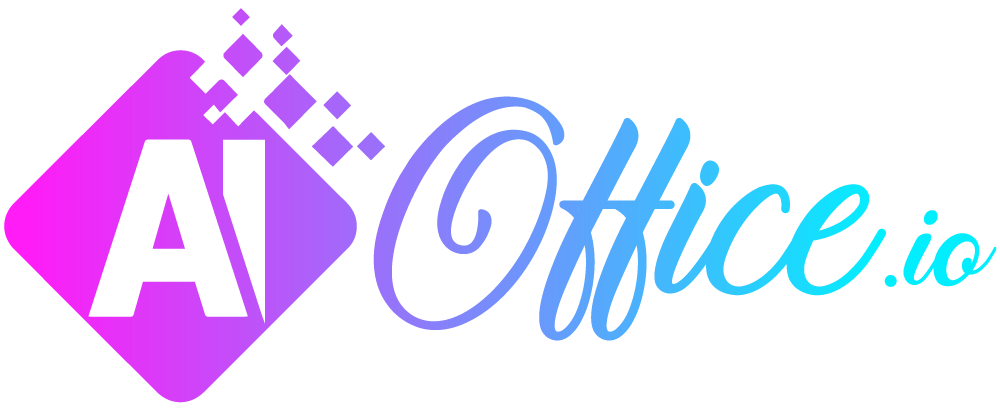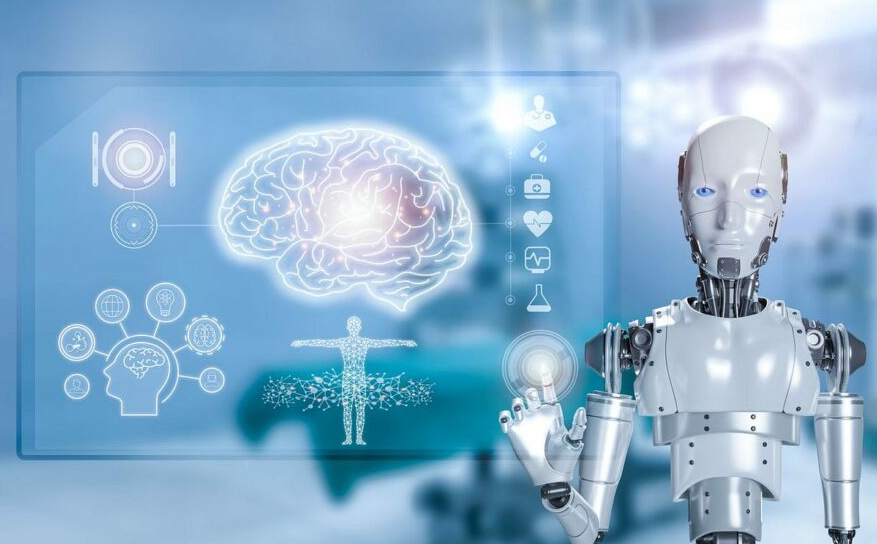How the Use of Technology Improves Organisational Performance

Admin
AI Research Analyst | 10 February 2025Table of Content












Times are slowly changing. In the 21st century, for those who integrate with technology, there are many benefits. Organizations' work performance has improved, and employees have learned a lot. In this article, we will understand how the use of technology improves organizational performance.
Is Technology Important In Organizations?
Yes, technology has many advantages in organizations. Different tools and software are available that have significantly increased work performance. Even at the end of the month when salaries need to be distributed, it can be a tricky process, and payroll software is very beneficial in such cases.
In addition, to track employee performance and maintain records, businesses and organizations today need technology to smooth out their operations. It's estimated that at least 99% of businesses are now using at least one AI tool.
Benefits of Technology In Organization
Improve Communication & Collaborate
New tools like Slack, Microsoft Teams, and Zoom help businesses work efficiently no matter where they are located. They can share images, videos, work data, and everything else; they can conduct audio and video conferences, and along with that, they can share their screens to present their work.
For example, a college in one country can share work with another country and perform work efficiently in real-time. In this way, an organization can remotely manage its workplace.
Improved Customer Service and Experience
Businesses now use chatbots and AI to support their customers; this AI is available 24/7 and processes customer requests. This way, the customer satisfaction rate increases. If there is any issue, this AI connects the customer directly with a trained human person, which helps solve their problems and saves employees' time as well.
Better Data Management and Decision Making
Today, organizations of all kinds depend on powerful computer systems to process enormous quantities of information. Such systems assist decision makers to make wiser decisions by highlighting in business data the important patterns, such as what types of products customers like most, when is the proper time to restock supplies, or how to save money on electricity. This will be like having a super-smart assistant to help a business make better decisions.
Improve Security & Risk Management
Modern security efficiently handles business operations. It controls cyber attacks and keeps customer data safe and secure. Not only that, but if there is any issue with the system, it alerts in advance, helping to control cyber threats right from the start. This is especially beneficial when an organization is working remotely and is a cloud-based company.
Increased Productivity and Efficiency
New digital tools help workers do their jobs faster and better. Instead of hours spent on boring tasks such as filling out forms or organizing files, computers can do this work automatically. This frees the workers' time to devote to more important tasks that require human thinking and creativity. For instance, an automated system may calculate payroll while accountants concentrate on financial planning.
Cost-cutting and Resource Optimization
Technology saves companies money in many ways. Video meetings save them money on travel expenses, digital documents do not have to be printed on paper, and smart systems help save energy. The money saved also goes a long way in funding the potential hiring of more workers or the development of new products by the companies.
Technology Drawbacks For Organizations
Digital Overload & Distractions
When employees rely too much on tools, it creates distractions. For example, if a person depends heavily on tools, they can get distracted from their work from time to time. Tasks like operating chat or checking emails are time-consuming. Additionally, if tools or systems send constant alerts, it can also create distractions in their work.
High Costs & Hidden Costs
High prices prevail in the acquisition and ongoing management of organizational technology assets. Organizations must not only purchase computing devices and mobile phones but they also need to cover the costs of software payments and maintenance expenses such as system updates and repairs along with training programs.
The total cost of acquiring technology equipment can reach $1,000 but it brings continuous program fees alongside security software maintenance and technical support expenses each year. Organizations should plan their technology budget carefully and ensure that new purchases are really necessary.
Data security and privacy risks
More business is happening online, which means there is a higher risk of losing important information. Hackers can steal customer data, business secrets, or money through computer attacks. Companies can also lose data when computers crash or when employees accidentally delete important files. It is very important to have strong security measures, regular backups, and train employees about safe computer practices.
Depend Too Much On Technology
Some businesses depend too much on technology. For example, if the internet goes down, all the software stops working. It means that if there is a glitch in the software at a general store, many operations will come to a standstill. Therefore, relying too much on technology is a drawback.
Difficult Training For Workers
Some workers have experience in their work but do not feel comfortable with the new technology. In such cases, these workers need training and proper guidance; if they do not receive this, it becomes difficult for them to keep up with the organization.
For example, if a person has always used a calculator for counting, but then calculating software comes before them, they may not feel comfortable using it. This can create issues for older workers.
Compatibility Issues
Different technology systems don't always work well together. A company may use several different programs that cannot share information properly, leading to extra work and confusion.
For example, the sales team's software may not connect with the accounting system, and people are forced to enter the same information twice. Organizations should plan carefully how different technologies will work together before buying new systems.
Technical Support and Maintenance
Technology is something that always needs care in order to keep working. Computers need updates, software needs to be fixed, and things tend to break at the worst possible times. Good technical support is hard to find and expensive for small businesses. Companies need to plan for regular maintenance and have reliable technical support available when problems happen.
Future Of Technology In Organization
Various important technological advancements are defining the direction of business innovation. Business operations transform through machine learning in combination with artificial intelligence because machines automatically learn and execute decisions almost independently from human intervention.
The system brings forth innovative products while offering customer-specific marketing campaigns.
IoT enables everyday things to use the Internet for sharing information through data exchange. IoT brings revolutionary changes to manufacturing along with logistics by developing operational excellence through data-led industries.
The deployment of 5G technology is designed to boost connectivity, initiating several types of real-time communication and data transfer, therefore building up mobile communication and IoT deployments.
Final words
We are in the era of 21st-century technology. If a business does not connect itself with modern tech or AI systems and fails to implement the latest modifications, it will fall behind significantly. Just like Nokia used to be a well-known name, but because it did not adapt to the new systems, it fell behind, and now only companies like Apple and Samsung are prominent because they evolved with the times. This example and article make it clear how the use of technology improves organizational performance.


